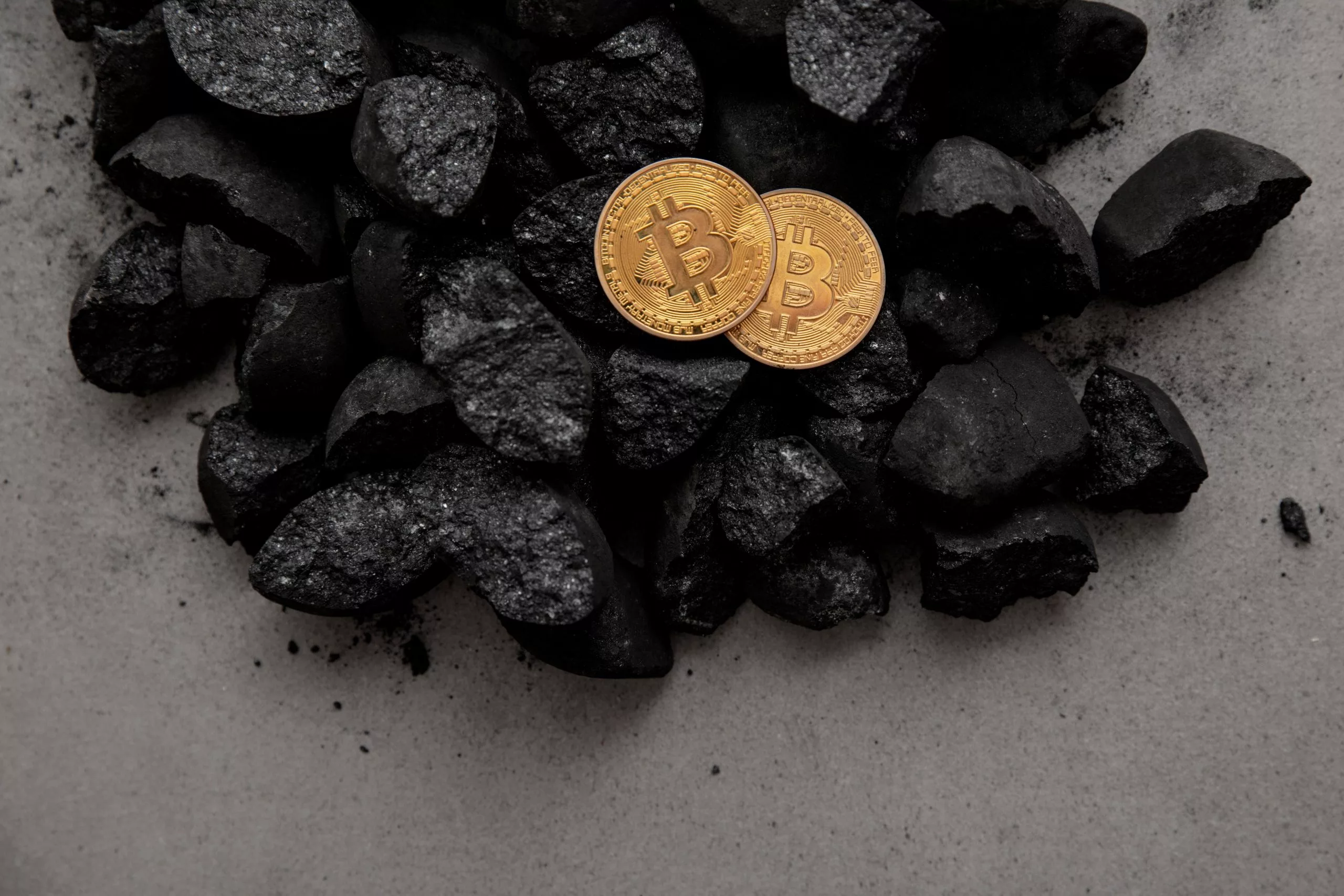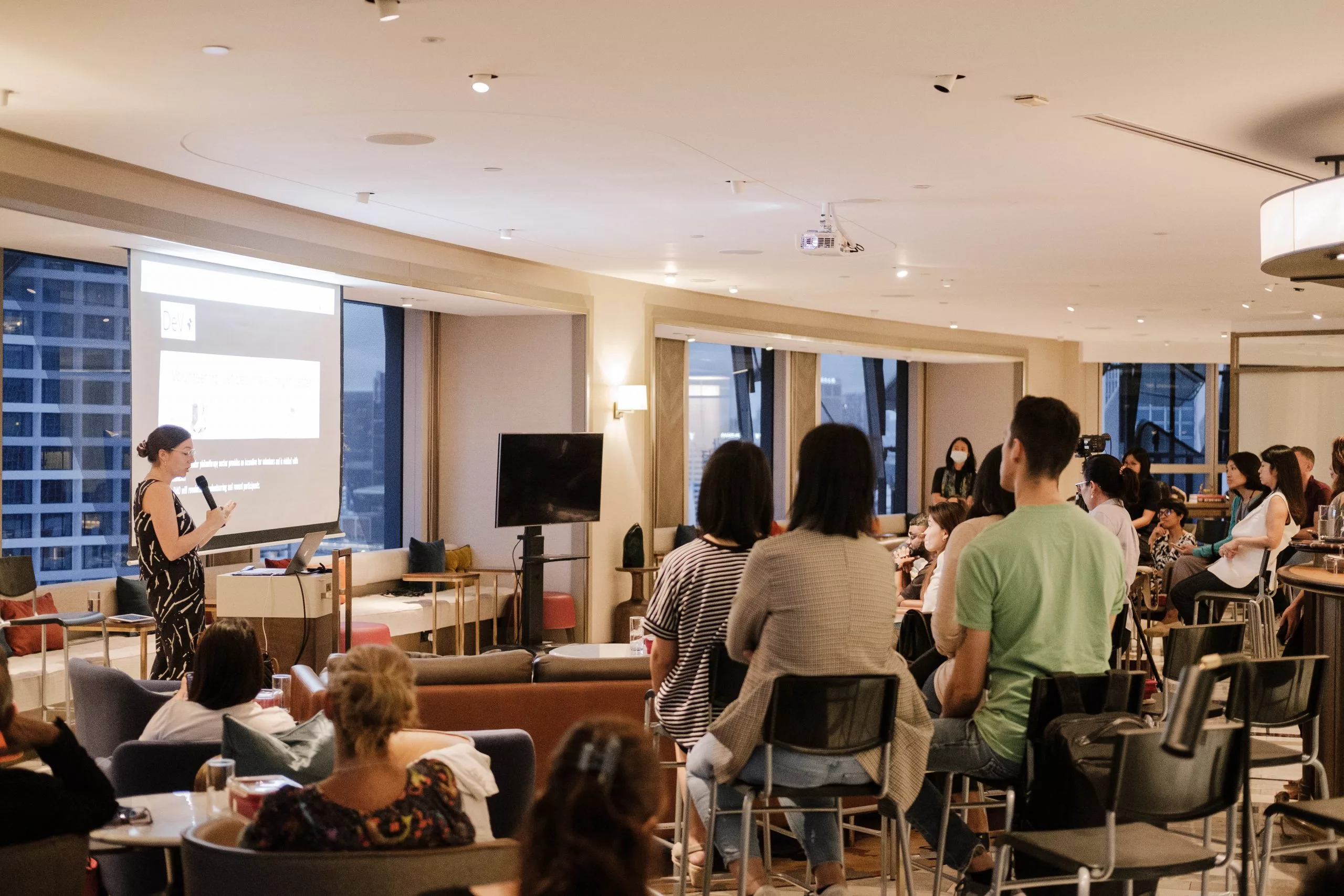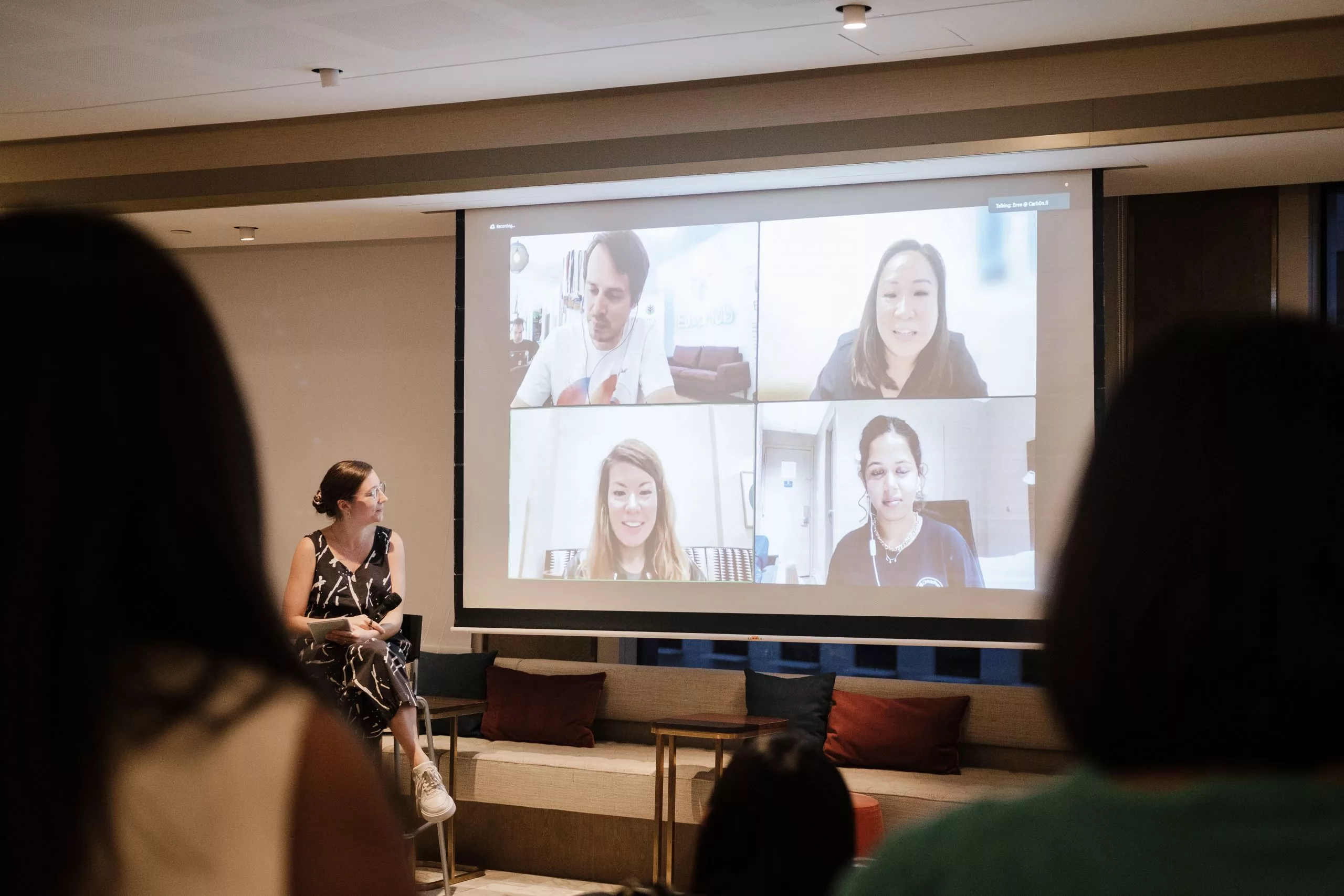How decentralisation is used for the greater good
Amid headlines of crypto market crashes and the obsession with non-fungible tokens (NFTs), a growing community of Web 3 entrepreneurs and enthusiasts are leveraging blockchain as a tool for social and environmental causes.
Untam3d, a collective of enterprising women in the Web 3 space, unpacks how blockchain can do just that, at Untam3d Live: Web 3 for the Greater Good, a hybrid session held on 23 June, organised in collaboration with the Greater Club.
From improving the livelihoods of coffee farmers, to enabling companies to seamlessly offset their carbon emissions, Untam3d gathered influential founders in Web 3 to find out why they are banking on the technology for positive change.
The event was moderated by Steph L. Dickson, co-founder of Untam3d and founder of Green is the New Black.
Who are the event speakers
Joining Dickson in the discussion are:
- Bree Yek, CEO of Carb0n.fi, a platform that mints carbon offset NFTs to enable companies to go carbon-neutral easily, by calculating their carbon emissions and offsetting these emissions through an easy-to use app.
- Annabelle Low, director of strategic development at Project Ark, a blockchain-enabled environmental conservation platform built in partnership with WWF Panda Labs. Project Ark also specialises in creating, promoting and selling carbon-neutral NFTs.
- Jori Armbruster, CEO and co-founder of EthicHub, a platform that uses blockchain and digital currency for investors to finance unbanked coffee farmers. It also allows coffee buyers to purchase beans directly from the source. Armbruster is an advocate of regenerative finance, which uses money to create positive impact and address financial inequalities.
- Maanasa Gopal – at just 25 years-old, Gopal is an environmental researcher who completed a carbon-negative expedition to Antarctica to study the effects of climate change. She raised US$30,000 to finance the trip from flipping NFTs, and minted the first NFT in Antarctica. She is also the creative director of Super Neo, which provides tech services to academia.
How Web 3 is reversing the environmental damage of cryptocurrency
At the start of the event, Dickson emphasised blockchain’s ability to “change wealth distribution”.
The decentralised nature of the technology has given rise to the democratisation of assets and increased access to financing for many people. One such group is those overlooked by the banking system, who don’t earn enough to put up collateral for traditional financing.
It has also increased transparency online, so sensitive transactions and trades are recorded and can be verified instantaneously. NFTs and smart contracts have taken off as a result.
On the flip side, Dickson also highlighted the environmental impact caused by the mining and trading of bitcoin and other cryptocurrencies. That’s because most cryptocurrency transactions are huge consumers of energy produced by fossil fuels.
A single Bitcoin transaction consumes enough energy to power 1.7 million Visa transactions. Ethereum consumes considerably less energy, using the amount needed to power 147,000 Visa transactions.
“What’s crazy is that Bitcoin is resurrecting old fossil fuel plants, such as coal plants, as miners are continuously looking for cheap energy,” says Dickson.

For instance, newer cryptocurrencies use a proof-of-stake model, which uses a lot less energy than the current proof-of-work concept.
In proof-of-stake, validators who have staked a lot of crypto get assigned to add more blocks to the chain.
It can use 0.01 percent of the total energy to power proof-of-work transactions, which means it can run on laptops instead of supercomputers.
Ethereum is migrating towards proof-of-stake after the Merge, while new cryptocurrencies such as Solana and Tezos are already using the proof-of-stake model.
Dickson urges blockchain users to do their due diligence before buying a product. “Please do that extra step to see if the particular blockchain is doing anything on sustainability? Is it carbon-neutral? Or should I buy my NFT somewhere else?,” she says.
How the Web 3 collaboration facilitates environmental and social change
Web 3’s community-driven growth breaks free of the silo-ed mentality plaguing many corporates and public sector organisations.
As such, they are often able to collaborate across borders, raise awareness and even humanitarian funds much faster than conventional methods.
For example, Reli3f, a humanitarian initiative that sells NFT art for Ukrainian charities, has already raised US$1.5 million to-date from its launch in February.
Gopal shared how her Iranian friend, whom she met while backpacking, was unable to sell her art online due to credit card sanctions in her country, regardless of her immense talent and business savvy.
“By selling her art as NFTs, she could bypass these sanctions, and possibly make a living out of her passion,” she says.
Practical tips to get started in using Web 3 for good
Gopal advises beginners to figure out why they want to get into Web 3 – is it for monetary gains, or to create real change?
Doing your homework is just as important. Read white papers, or seek wisdom from forums like Reddit. “Understand that 99 percent of NFT projects and cryptocurrencies are trash. So don’t just invest in it, because XYZ told you so,” she says.
Armbruster advises newbies to Web 3 to join communities and alliances on platforms such as Discord, Slack or Twitter, in order to get to know the space. While Low prefers the more curated world of telegram groups, such as SG NFT Asia and Women in NFTs.
“If you want to know something, all you have to do is pop a question in the chat and somebody will get back to you,” she says.
“And if you’re a woman that’s intimidated by the notoriously bro-dominated Web 3 community, you can always use an alias as your username”, says Gopal.
Web 3 for good is backed by a close-knit community, fostering an all-hands-on-deck attitude when it comes to positive change”, says Yek.
“That decentralisation ensures that you’re harnessing the efforts of everybody who is invested in a movement with you, rather than acting individually or separately,” she adds.
The Greater Club are firm believers in using technology for good. Explore this space with us – email us at talktous@thegreater.com to find out about our membership programmes.




